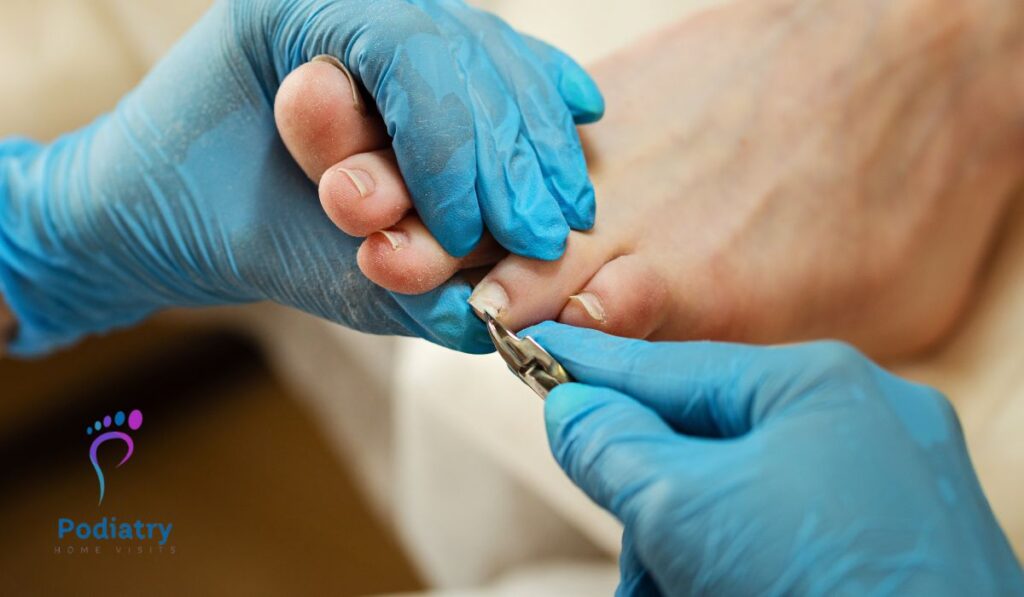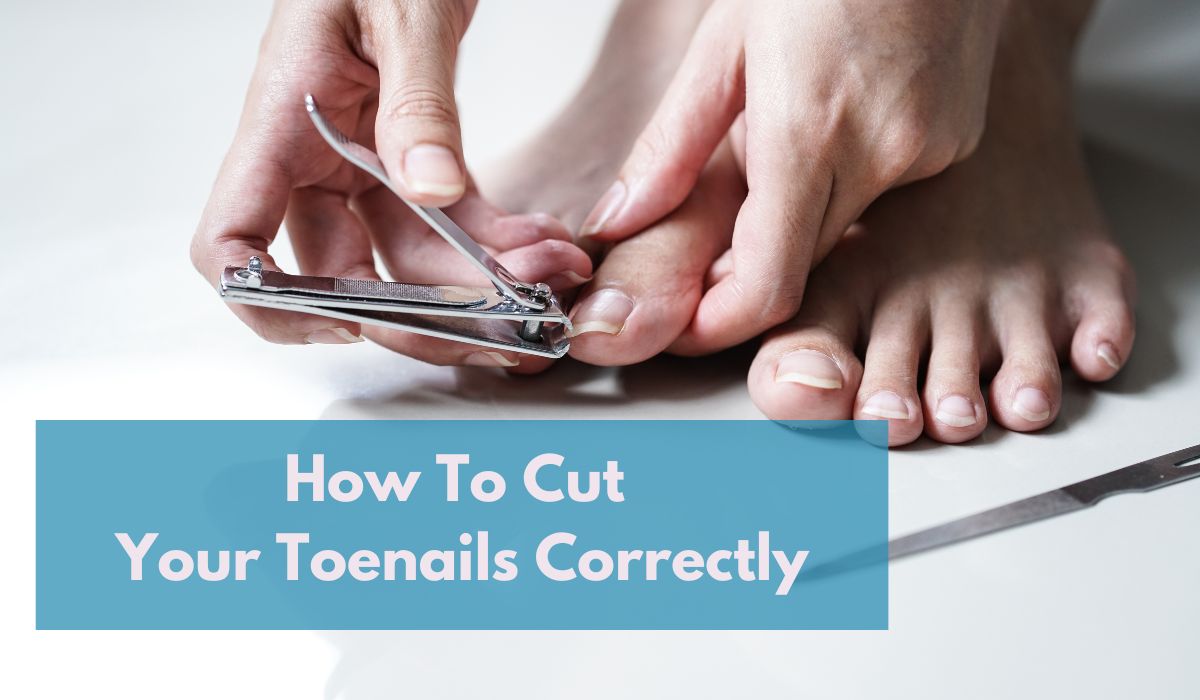How To Cut Your Toenails Correctly
Cutting your toenails may seem like a simple task, but you’d be surprised how many people get it wrong! Incorrect trimming can lead to a whole host of foot problems, from painful ingrown toenails to infections and even long-term nail deformities. So, let’s get straight to it—here’s everything you need to know about how to cut your toenails correctly, straight from a podiatrist’s perspective.
The Do’s of How To Cut Your Toenails Correctly
1. Use the Right Tools
Put down the kitchen scissors and angle grinders! Investing in a high-quality, sharp pair of nail clippers or toenail nippers is crucial. Dull or unsuitable tools can leave jagged edges or split the nail, which can lead to painful issues.
2. Cut Straight Across
The golden rule: always cut your toenails straight across. This helps prevent ingrown toenails, which occur when the nail starts growing into the surrounding skin. Avoid rounding off the edges too much, as tempting as it may be!
3. Trim to the Right Length
Your toenails should be neither too long nor too short. The ideal length is just at the tip of your toe. Cutting them too short can expose sensitive skin and increase the risk of infection, while leaving them too long makes them prone to snagging and breaking.
4. File Any Rough Edges
After trimming, use a gentle nail file to smooth out any sharp or uneven edges. This prevents your nails from catching on socks or shoes and reduces the risk of breakage.
5. Cut Your Nails When They’re Dry
Wet nails are softer and more prone to tearing or bending when cut. Always trim your toenails when they’re dry for a clean, precise cut.
The Dont’s of Cutting Your Toenails
1. Don’t Cut Too Deep at the Sides
Trying to shape your toenail by cutting deep into the corners is a recipe for disaster! This is one of the leading causes of ingrown toenails, which can become extremely painful and even require medical intervention.
2. Don’t Rush
Toenail trimming isn’t a race. Take your time, ensure even cuts, and always check your work to avoid leaving sharp edges or cutting too short.
3. Don’t Share Your Nail Clippers
Even within the same household, sharing nail clippers can spread fungal infections or bacteria. Keep your tools personal and clean them regularly with alcohol wipes or disinfectant.
4. Don’t Ignore Signs Of Trouble
If you notice discoloration, thickening, crumbling nails, or persistent pain, don’t just ignore it. These could be signs of a fungal infection, an ingrown nail, or another underlying foot problem that needs professional attention.
5. Don’t Cut Your Nails In The Dark
This might sound obvious, but trimming your nails in poor lighting increases the risk of accidents, uneven cuts, and potential injury. Always make sure you have proper lighting when trimming.
When Should You Get Your Toenails Trimmed Professionally?
While regular at-home trimming works for most people, some cases require professional podiatry care:
If you have diabetes – Diabetes can cause reduced sensation in the feet, making it easy to cut too short or injure yourself without noticing. Regular podiatrist visits help prevent complications.
If you suffer from recurring ingrown toenails – A podiatrist can professionally shape and trim your nails to reduce the risk of ingrowth.
If your nails are thick, brittle, or difficult to cut – Conditions like fungal infections, psoriasis, or aging can cause nails to thicken. A podiatrist has the right tools to handle this safely.
If you have foot pain or discomfort – Sometimes, improper nail cutting can contribute to discomfort when walking or wearing shoes.

Extra Tips For Healthy Toenails
Keeping your toenails in top shape isn’t just about trimming them correctly – here are some additional tips to keep them healthy:
Wear properly fitting shoes – Tight shoes can press on toenails and contribute to problems like ingrown nails and thickening.
Keep your feet clean and dry – Fungal infections thrive in damp environments, so always dry your feet thoroughly after bathing.
Change socks regularly – Fresh, breathable socks help prevent bacteria and fungi from thriving around your nails.
Final Thoughts On How To Cut Your Toenails Correctly
Learning how to cut your toenails correctly might not be the most exciting task, but it’s a small habit that can prevent a lot of pain and problems down the line. Stick to the simple do’s and don’ts outlined above, and if in doubt, don’t hesitate to see a podiatrist for expert foot care. Healthy feet start with good nail care – so grab your clippers, take your time, and keep those toes in tip-top shape!
Need professional foot care? If you’re struggling with your toenails or any other foot issues, book an appointment with our expert podiatry team today!

